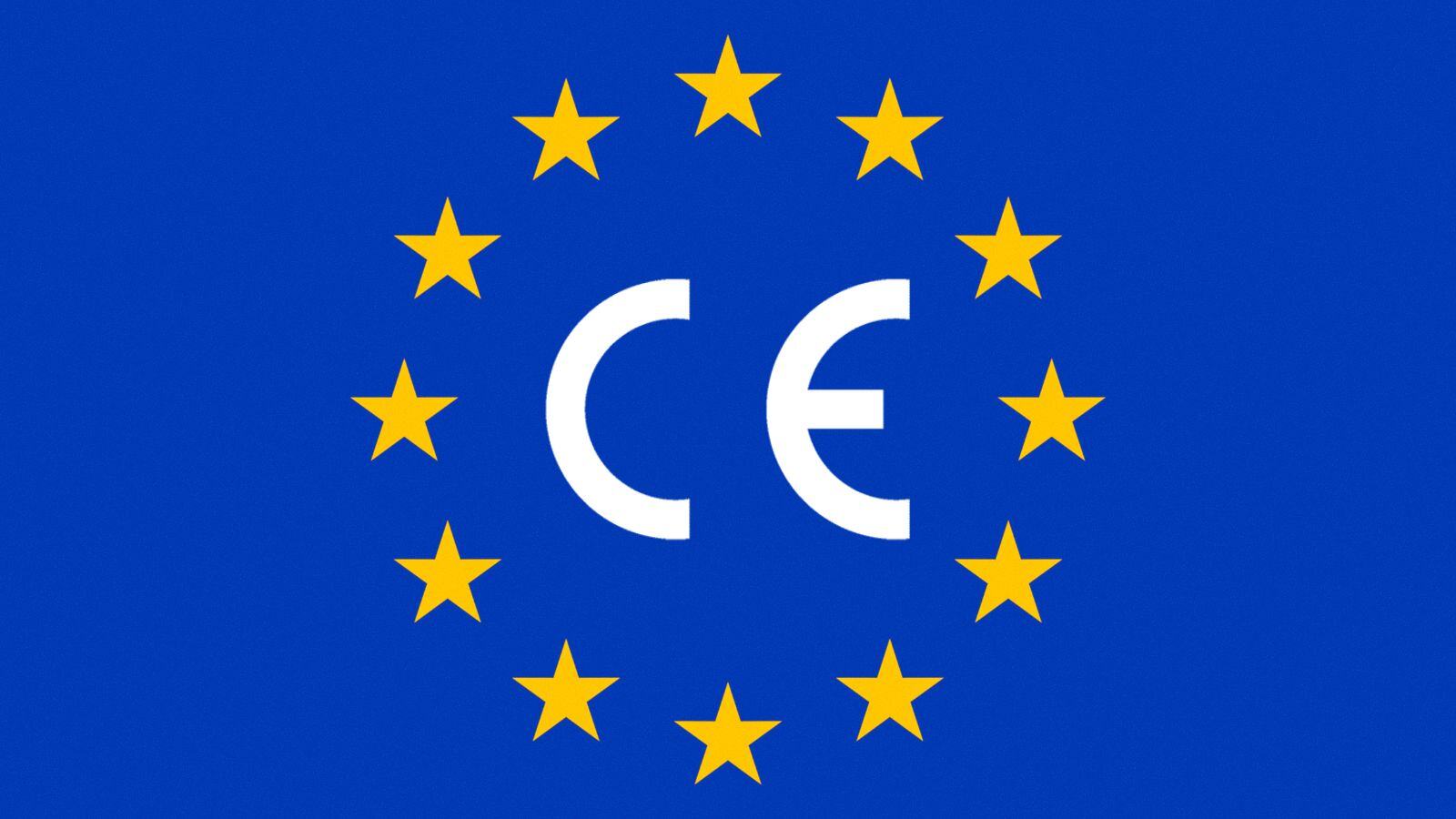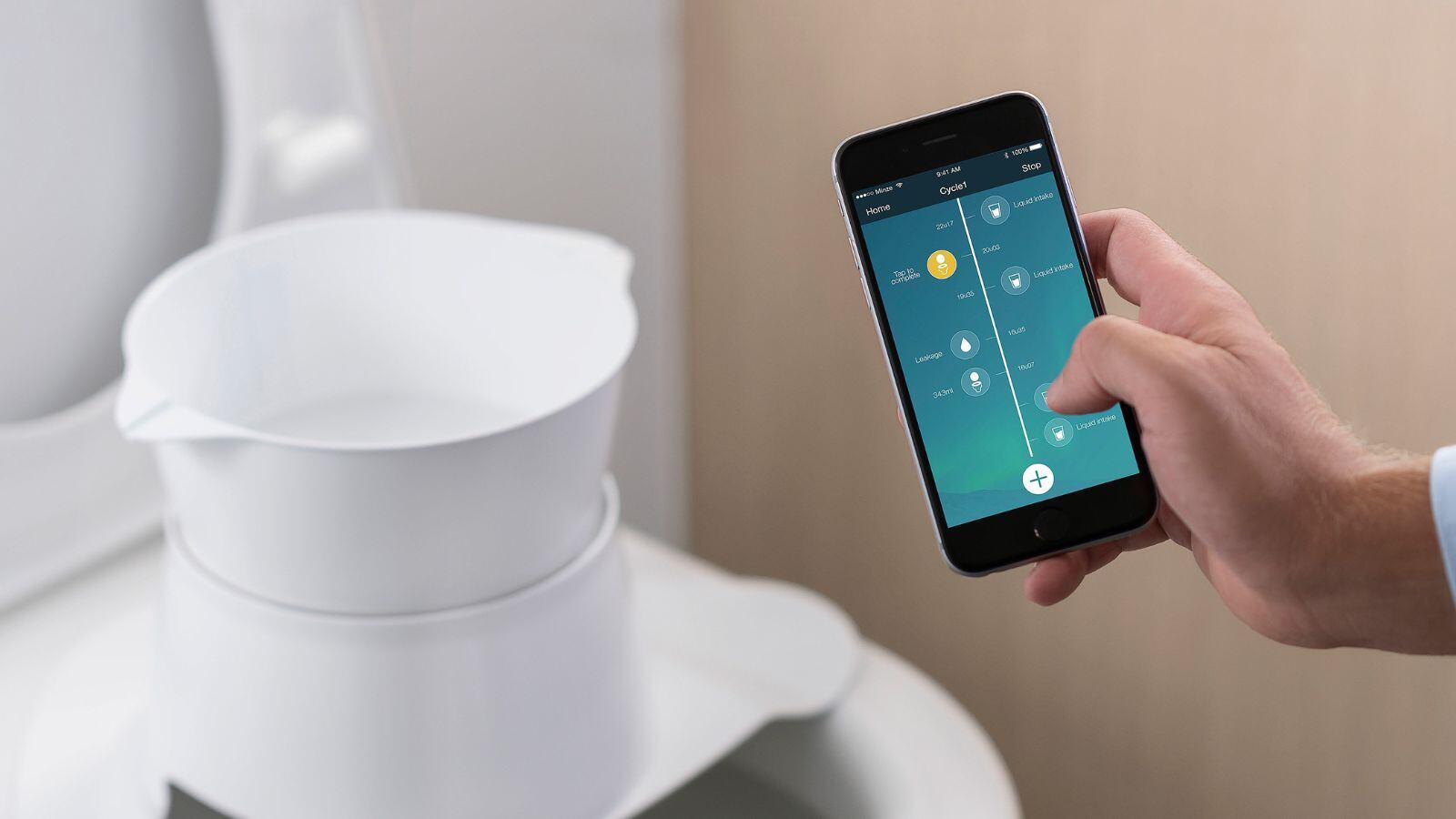The Scientific Symposium on Advanced Therapy Medicinal Products (ATMPs), organized by the Committee for Advanced Therapies (CAT), marked a significant milestone in the history of innovative medicines in Europe.
Since the ATMP Regulation (EC No. 1394/2007) came into effect on December 30, 2008, gene- and cell-based therapies have transformed the treatment landscape, offering new hope for previously untreatable conditions.
The symposium served as a platform to celebrate the progress made over the past 15 years, showcasing how CAT has contributed to the regulatory framework, and exploring what lies ahead for ATMPs.
The Rise of ATMPs: A Look Back
Since CAT’s first meeting in 2009, ATMPs have rapidly evolved from a novel concept to an important emerging area of modern medicine. To date, 27 ATMPs have been approved, providing treatment options for conditions that were once seen as untreatable, ranging from rare genetic disorders to advanced cancers.
The symposium highlighted these successes, demonstrating the impact of gene therapy, cell therapy, and tissue engineering on patient outcomes, and it looked forward to key challenges and opportunities.
Regulatory Milestones
CAT’s role in shaping the regulatory framework has been pivotal in bringing ATMPs to the market. Over the years, CAT has navigated challenges like ensuring the safety and efficacy of these complex therapies while balancing the need for timely approvals.
Speakers reflected on how CAT has adapted its processes to accommodate the unique challenges of ATMPs, such as prolonged trial durations, novel mechanisms of action, and the intricacies of manufacturing these products.
Key regulatory milestones and the collaboration between industry, academia, and regulatory bodies have enabled the approval of high-quality ATMPs that meet unmet medical needs.
Patient-Centric Innovations
One of the most engaging parts of the symposium was the patient perspective. Representatives from patient advocacy groups underscored the life-changing potential of ATMPs, particularly for rare diseases such as inherited retinal dystrophies (IRDs).
For many patients, the promise of these therapies goes beyond just extending life—it is about maintaining quality of life, preserving vision, or slowing the progression of degenerative diseases.
However, challenges remain, including improving access to genetic testing and overcoming the complexities of clinical trials designed for rare diseases.

Challenges and Future Outlook
While ATMPs have made impressive strides, the story is far from over. As the symposium outlined, the next 15 years will see an explosion of new classes of ATMPs with even more transformative potential.
However, these advancements come with new challenges—novel delivery mechanisms, scaling up production, long-term patient monitoring, and harmonizing global regulatory approaches.
Global cooperation was a recurring theme, with speakers emphasizing the need for regulatory agencies, industries, and patient groups to work together more closely to streamline approvals and ensure that innovative therapies reach patients faster.
The vision for the future includes enhanced conditional approvals and fostering investor confidence in the long-term value of these therapies, despite the inherent complexity of clinical trials for rare diseases.
The symposium concluded with a forward-looking discussion: what will ATMPs look like in 2039? With innovations in gene editing, personalized medicine, and immunotherapies, ATMPs could redefine how we treat diseases.
CAT’s commitment to adapting its regulatory approach to accommodate these groundbreaking therapies will be key to ensuring that patients continue to benefit from cutting-edge treatments.
As we look back on 15 years of progress, it is clear that the potential of ATMPs is only beginning to be realized. The symposium showcased how collaboration between stakeholders, patient-centric approaches, and innovative science have driven the success of ATMPs.
With more advancements on the horizon, the future of ATMPs promises to be nothing short of revolutionary.
Join us as we continue to push the boundaries of innovation in ATMPs. At QbD Group, we’re committed to supporting the next wave of advanced therapies with expert guidance in regulatory strategy and product development.
Reach out to our team today to see how we can help bring your ATMP innovations to life.























.jpg)



